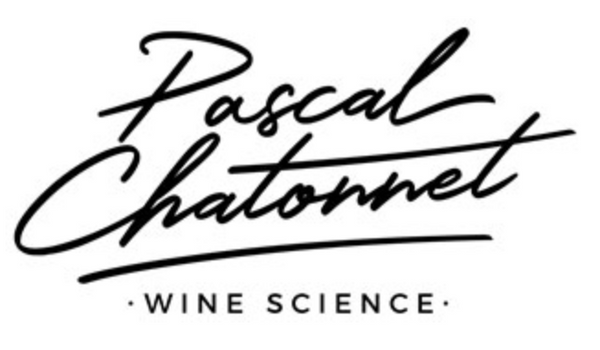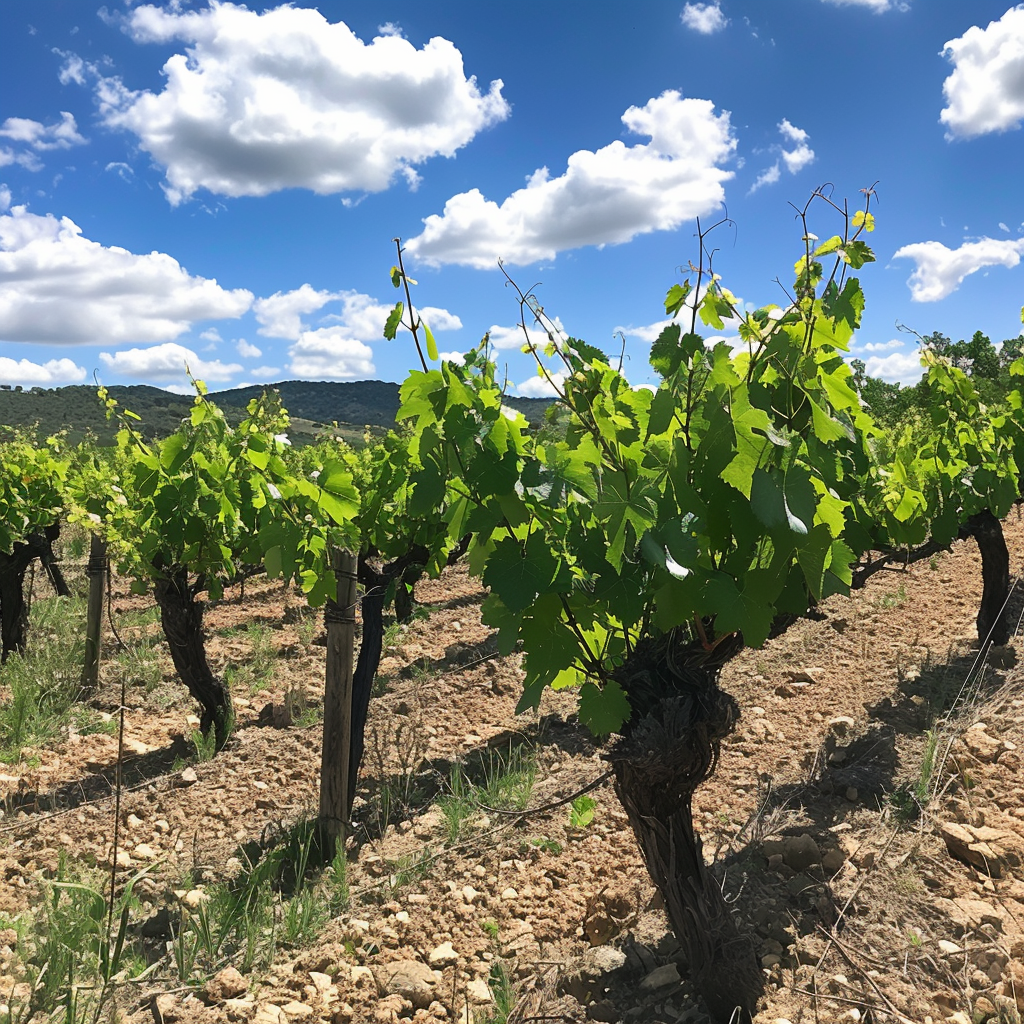- Grapevines: our plants and their cultivation in the medium and long term
- Our grape varieties of the past, present and future
Bearing in mind that no grape varieties are native to Bordeaux (they have all been imported from different regions during different periods), our ingredients are now the various “historical” and classic grape varieties. We must therefore convince ourselves that we do not have as much choice as it might seem. I am not referring to regulations here, but rather to adaptation. A grape variety matches with a soil type and a soil type with a grape variety. Therefore, while our choice is intelligent, our freedom remains limited. It is clear that diversity (from the perspective of the entire estate, not within an individual plot) is one of the keys to success from one year to the next. Olivier de Serres, a famous agronomist from the 16th century said, “Filling the vineyards with a single grape species, albeit the very best, is a risky thing: it turns out that each breed of grapes is tormented by its opposite. Those that love the heat perish in the cold; those that thrive in humidity are scorched by drought; and those that grow in sunlight alone rot when the rains arrive, and so it is with the others.”
Over the course of the last century, the structure of our soil has therefore led us to favour Merlot (currently a little under 80% of our area under vine). This grape variety (cross between its mother, the Magdeleine des Charentes and its father, the Cabernet Franc) has become king of the Bordeaux right bank due to its love of soil that stores sufficient water reserves in the summer, particularly the clay subsoils which are typically found in our Pomerol region. In Saint-Emilion and Saint-Estèphe, the limestone soils bestow it with length and elegance which are unparalleled in the world. It is therefore our predominant grape variety, which marks our wines when they are young, making them both smooth and generous. Merlot is one of the earliest-ripening varieties, which produces abundant yields when it is not disturbed by climate conditions during flowering. It is very sensitive at a specific point in time, depending on how it is affected by temperatures or rain, and can therefore produce abundant quantities or nothing at all. It is relatively sensitive to mildew and must be closely monitored until fruit set. This variety is delicate and generous, but a little “temperamental”. It ripens easily, producing grapes that are low in acidity, with fruity notes ranging between raspberry, blueberry, and very ripe blackberry; with powerful tannin that is rich and smooth when harvested at optimum ripeness (seed tannins are dominant in Merlot). In our terroirs, it always displays characteristic violet hints when young. With age, we love how it transitions to more or less dark tobacco and dry forest floor aromas. In the best vintages and typically on clay soil, it displays intense black truffle notes after a few years in bottle.
vignobles & vins des Côtes du Rhône, Pierre Charnay, éditions Aubanel, 1985.
I have nothing against Cabernet Sauvignon (son of its father, Cabernet Franc, and Sauvignon Blanc, which was itself a cross between Savagnin from the north and Pinot Noir) – quite the contrary! I love the vivacity, tension and exuberance it displays when grown on its true terroir. It is one of the world’s greatest grape varieties because it adapts to many different climates. Unlike Merlot, it flourishes on gravelly soils, even when it is a little dry, and is ill-adapted to cool soils because it ripens more slowly and sometimes too late; its resistance to diseases and unpredictable weather conditions is one of its key advantages. I therefore do not believe that Cabernet Sauvignon is currently well-adapted to the majority of our soil types and I tore up the last one in 2008. I have not ruled out planting a few vine rows if a plot of old Merlot planted in certain areas of the gravel terroir of La Pignière is freed up in the future, but currently it is only present in our “Jardin des vignes” plot, which is home to our Bordeaux ampelographic collection (< 1%).
The Cabernet Franc variety (father of Merlot and Cabernet Sauvignon) is the other king of the right bank. It has been shunned and almost excommunicated from the left bank because it cannot compete against its rival, Sauvignon Blanc. But, in my view, this is a mistake on the part of those in the Médoc wine region who have failed to recognise its unique elegance and finesse. Once again, it is important to understand that this variety can only express its full potential on a very specific soil profile, which subtly combines natural drainage and coolness, but it is with the combination of clay and limestone that the Bouchet, as we also call it in our region (and in the Loire Valley) truly expresses its greatness. It is intermediate in terms of its life cycle, in between Cabernet Sauvignon and Merlot. On the terroirs to which it is ideally suited, it produces incredibly concentrated, aromatic and powerful wines if, and only if its yield is limited. It is not as flexible a variety as Merlot in terms of production quantity. Its delicacy, freshness on the palate and characteristic aromas, with redcurrant, raspberry and a hint of rose and peony only make me want to increase its presence in our blend of varieties. While we were at 5% in the past, we now aim to reach 25% of Cabernet Franc in the vineyard. Depending on the style of the various wines produced on the current estate, this variety represents between 0 and 50% of the final blend.
Malbec (son of Prunelard de Gaillac and Magdeleine des Charentes), also called Côt, Auxerrois, and Pressac in Saint-Emilion, is our third variety. Widely grown in the Bordeaux region in the past, it gradually disappeared and was replaced by Merlot because of its high yields and sensitivity to rot in our region (Botrytis cinerea). We rediscovered it in 2000 when we bought an old plot where it was mixed with old Merlot on unique soil in the La Pignière section. Here, its large seeds ripen perfectly and become delightfully concentrated once they have fully ripened by shrivelling slightly. This creates an astonishingly deep colour and strong acidity that balances the sugars and particularly smooth tannins, with wonderfully intense fruity aromas of black cherry jam. This old selection (vines over 80 years old) provided us with the mass selection for replanting from a small surface area of the variety. I use it to add an original fruity, spicy touch to many of our wines, but it also represents a key component in one of the base blends for the La Sergue vintage, produced by co-fermenting Merlot grapes from La Mirande (sandy-clay) with the old Malbec grapes from La Pignière (gravel-clay).
We recently planted a few rows of Petit Verdot (cousin of Gros Verdot and Faux Petit Verdot from the Pyrenean foothills). This variety, now more typical of the Médoc wine region, is relatively late-ripening, which is why we chose it, in order to balance the ripeness of our main grape varieties. It is original in that it must be grown with its “head in the sun and roots in cool soil” (called a “Palus” variety); we chose a specific area of the La Pignière plot to test its performance. It typically produces wines with very deep colours, powerful tannins which soften considerably with age, with extremely intense and original aromas of white pepper. That is why it is used more as a spicy touch than as a dominant variety in the blend.

